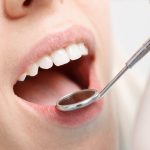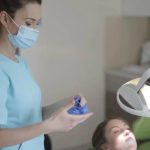Teething Troubles: How Many Teeth Should Children Lose?
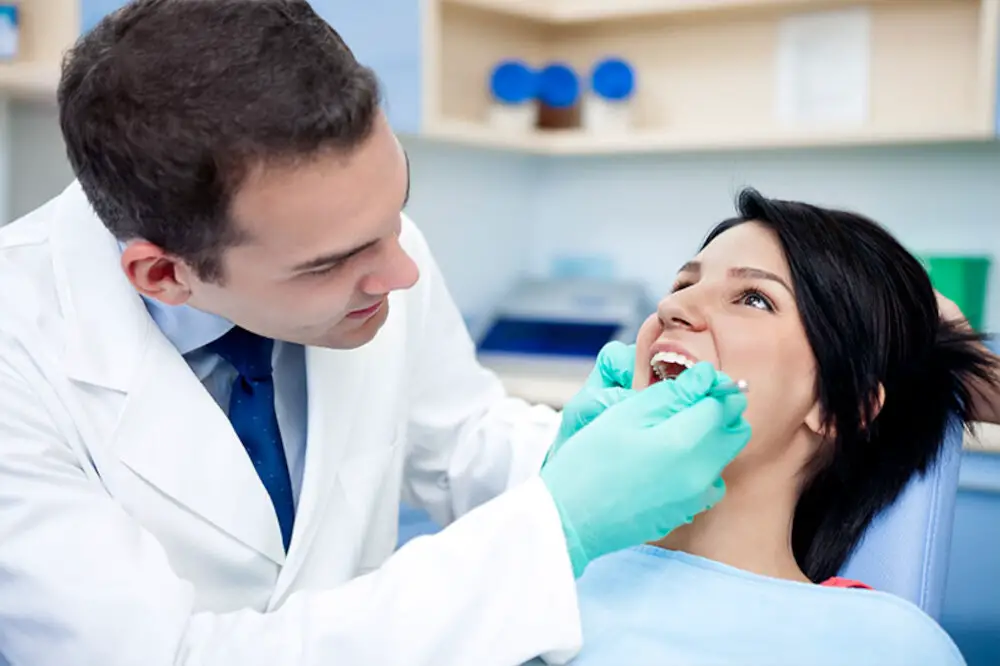
The process of teething can be a challenging time for both children and parents alike. As children begin to grow, their primary teeth will eventually fall out and be replaced by permanent ones. This process can be accompanied by a variety of symptoms, including pain, discomfort, and irritability. One of the questions that parents often ask during this time is how many teeth should their child lose? The answer to this question can vary depending on a variety of factors. Every child is unique, and the timing of tooth loss can be influenced by a range of factors such as genetics, nutrition, and overall health. Understanding the average timeline for tooth loss can help parents better prepare for this stage in their child’s development and ensure that they are providing the appropriate care and support during this time. In this article, we will explore the topic of teething troubles and answer the question of how many teeth children should lose.
Teething is a natural and normal process that all infants go through when their teeth start to break through their gums. This process usually begins around six months of age and can continue up to the age of two or three. During teething, children may experience discomfort, swelling, and irritation in their gums, which may lead to fussiness, drooling, and even mild fever. As the teeth start to erupt, the gums may become sore and inflamed, causing the child to seek relief by biting or chewing on anything they can get their hands on. While teething can be a challenging time for both parents and children, it is an important milestone in a child’s development that signals the start of a lifelong journey of oral health.
Understanding how many teeth children should lose is crucial for parents and caregivers to ensure proper dental care for their children. Children typically have 20 primary teeth that will eventually fall out to make way for their permanent teeth. The timing of when these teeth fall out varies but generally, children start losing teeth around the age of six and will continue to lose teeth until they are about 12 years old. It’s important for parents to keep track of their child’s teeth so they can monitor their dental health and identify any potential issues early on. Additionally, knowing when teeth should be lost can help parents prepare their child for this natural process and make the experience less stressful. By being proactive and staying informed, parents can help their children maintain healthy teeth and gums for a lifetime.
Primary Teeth
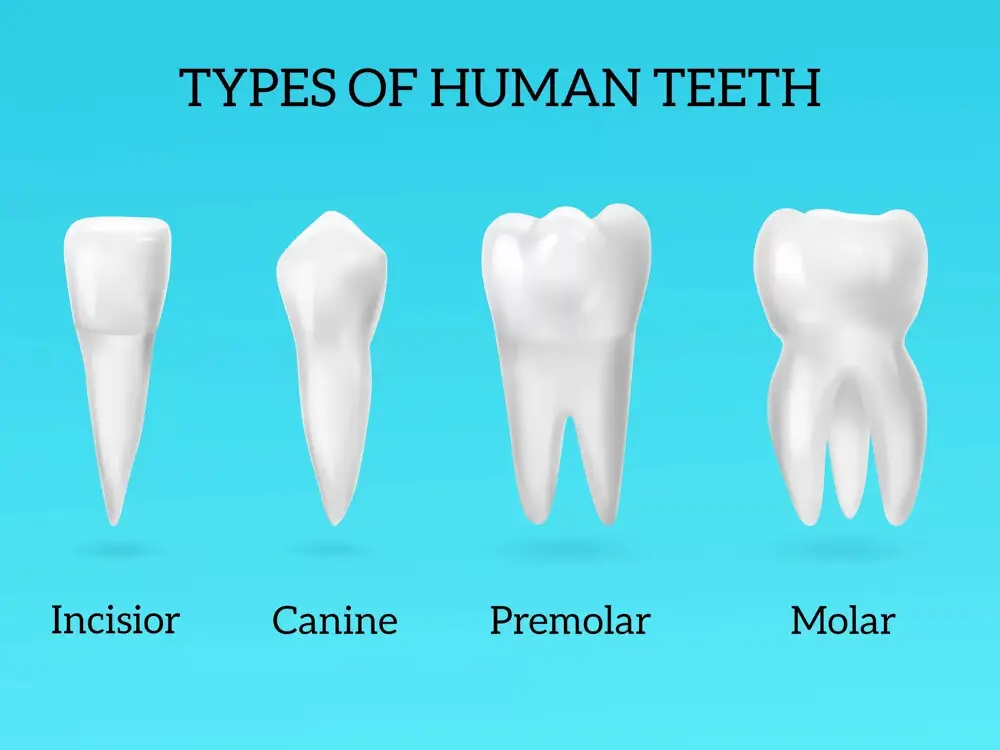
Primary teeth, also known as baby teeth, are the first set of teeth that begin to erupt in a child’s mouth. These teeth usually start to appear between the ages of six months to one year, and by the age of three, a child should have all of their primary teeth. Primary teeth serve several important functions, including enabling children to chew their food properly, facilitating speech development, and providing a guide for permanent teeth to grow into place. There are a total of 20 primary teeth, consisting of 10 upper teeth and 10 lower teeth. Each quadrant of the mouth contains five teeth, consisting of two incisors, one canine, and two molars. It is important to take care of primary teeth, as they play a crucial role in a child’s oral health and development. Neglecting primary teeth can lead to a variety of dental problems, such as cavities, gum disease, and even tooth loss. Therefore, parents should ensure that their children practice good oral hygiene habits, such as brushing twice a day, flossing regularly, and visiting the dentist for regular check-ups.
Teething is a natural process that every child goes through, and it can be a quite challenging and uncomfortable experience for both the child and the parents. However, understanding the basics of the primary teeth’s development can help alleviate some of the teething troubles. Children typically have 20 primary teeth, which start to emerge around six months of age and continue until they are around three years old. These primary teeth, also known as baby teeth or deciduous teeth, play a crucial role in the child’s oral development, enabling them to chew and speak correctly and maintain proper alignment for their permanent teeth. As the child grows, these primary teeth will fall out, making way for the adult teeth to emerge.
Teething is the process by which a baby’s primary teeth begin to emerge from the gums. This usually occurs between the ages of six and twelve months, although some babies may start teething as early as three months old. The first teeth to come in are usually the lower central incisors, followed by the upper central incisors. Over the next few years, the rest of the baby teeth will emerge, with the last molars appearing by around age three. While teething can be a painful and uncomfortable process for babies, there are many remedies available to help ease their discomfort and make the experience a little easier for both baby and parent.
The order in which primary teeth erupt can vary slightly from child to child, but there is a general pattern that most children follow. Typically, the first teeth to come in are the lower front teeth, followed by the upper front teeth. Next, the first molars will appear, then the canine teeth, and finally the second molars. This process usually begins around six months of age and continues until around age three. While teething can be a difficult time for both babies and parents, it is important to remember that this is a natural and necessary part of a child’s development. With proper care and attention, children can successfully navigate the teething process and emerge with a healthy, beautiful smile.
Permanent Teeth

Permanent teeth are a vital part of the oral structure, which is responsible for chewing food, speaking, and maintaining facial structure. As opposed to primary teeth, permanent teeth are meant to last for the rest of our lives, making it crucial to maintain them properly. The permanent teeth typically begin to erupt at around the age of six or seven, and the process of eruption continues until the age of 21. The permanent teeth usually number 32 in total, with 16 in the upper jaw and 16 in the lower jaw. The permanent teeth comprise four different types of teeth, which are incisors, canines, premolars, and molars, each with its unique function. The incisors are responsible for biting and cutting food, while the canines are used for tearing and ripping food. Premolars and molars are crucial for grinding and crushing food. It is essential to care for permanent teeth by practicing good oral hygiene habits, such as brushing twice daily, flossing, and visiting the dentist regularly. Neglecting oral hygiene can result in numerous dental problems, including cavities, gum disease, and tooth loss, which can have severe consequences on overall health and wellbeing.
The number of permanent teeth that children have is significantly different from their primary teeth. After losing their baby teeth, children will eventually develop 32 permanent teeth that serve as their adult set of teeth. The transition from primary teeth to permanent teeth usually starts around the age of 6 and continues until the child is 21 years old. The eruption of permanent teeth is a gradual process that occurs in stages, with the first molars appearing at around age 6, the canines at age 11-13, and the wisdom teeth at age 17-21. As children grow older, it is important to monitor the development of their permanent teeth to ensure that they are coming in correctly and that any potential issues are addressed by a dental professional.
When permanent teeth begin to erupt, it marks an exciting milestone in a child’s life. Typically, the first set of molars will appear around the age of six, followed by the front teeth between the ages of six and eight. As the child continues to grow, the remaining teeth will appear in stages, with the canines erupting around age nine and the second molars appearing between ages 10-12. The process of permanent teeth eruption can be uncomfortable for the child, with symptoms such as irritability, drooling, and swelling of the gums. It’s essential for parents to ensure their child is taking proper care of their new teeth, including regular brushing and flossing, to prevent decay and maintain optimal oral health.
The eruption of permanent teeth in children follows a specific order and timeline. Typically, the first permanent teeth to appear are the first molars, which emerge around the age of 6. These are followed by the central incisors, lateral incisors, and first premolars, which appear between the ages of 7 and 10. The canines usually emerge next, between the ages of 11 and 12, followed by the second premolars and second molars, which appear between the ages of 10 and 12. The third molars, also known as wisdom teeth, usually emerge in the late teens or early twenties. It is important for parents to monitor their child’s dental development and seek advice from a dental professional if they have any concerns about the eruption of their child’s permanent teeth.
Losing Primary Teeth
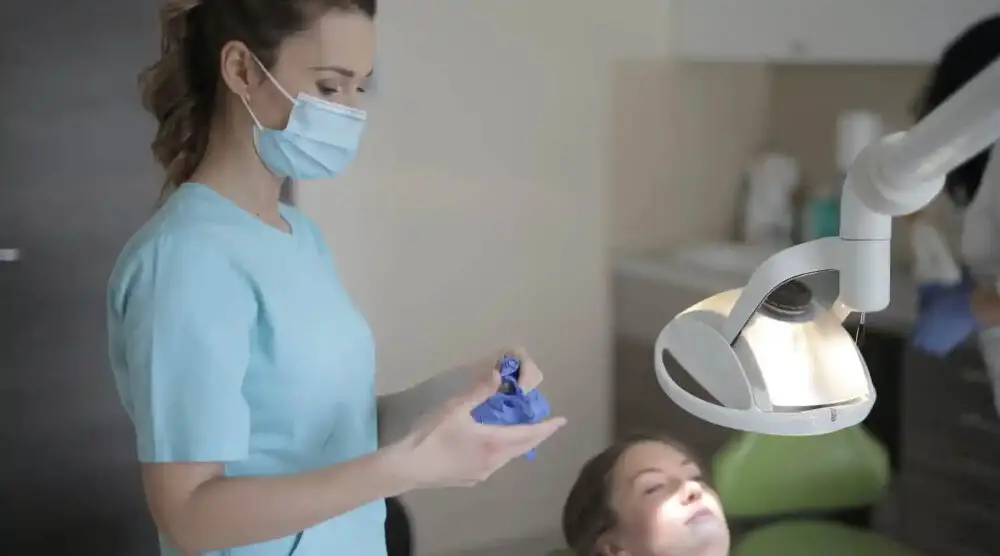
Losing primary teeth, also known as baby teeth, is a natural and important process that occurs in every child’s life. This process typically begins around the age of six and continues until the age of twelve. During this time, the roots of the primary teeth dissolve and the teeth become loose, allowing them to fall out and make way for permanent teeth. While losing primary teeth can be an exciting milestone for children, it can also be a source of anxiety and discomfort. It is important for parents to be aware of the signs that their child is losing primary teeth, such as increased drooling, irritability, and a desire to chew on objects. Parents can also help their child through the process by encouraging good oral hygiene habits, such as brushing and flossing regularly, and providing soft foods that are easy to eat. It is also important to note that losing primary teeth in a specific order is normal, and that some children may experience a slight delay or acceleration in this process. Overall, losing primary teeth is a natural and necessary part of a child’s development, and parents can play an important role in supporting their child through this transition.
The process of losing primary teeth, also known as baby teeth, is a natural part of a child’s development. On average, children typically begin to lose their primary teeth around the age of six or seven years old. However, some children may begin to lose their teeth as early as four years old, while others may not start until they are eight or nine. The order in which teeth are lost can also vary from child to child, but the front teeth are usually the first to go. It’s important for parents to encourage good oral hygiene habits in their children to ensure that their permanent teeth grow in healthy and strong.
The order in which primary teeth are lost can vary from child to child, but typically follows a specific pattern. The lower front teeth, also known as the central incisors, are usually the first to go, usually around age six or seven. The upper front teeth, or the upper central incisors, are next to go, usually around age seven or eight. The lateral incisors are then lost, followed by the first molars, the canines, and finally, the second molars. It is important to note that this order can vary slightly, and some children may lose teeth in a different sequence. As each tooth is lost, a permanent tooth will begin to emerge in its place, leading to a complete set of permanent teeth by the end of adolescence.
Teething troubles can be a challenging phase for both parents and children. One of the most common concerns during this time is how many primary teeth children should lose. As a child grows, their primary teeth or baby teeth will eventually fall out and be replaced by permanent teeth. Typically, children will lose a total of 20 primary teeth, with the process beginning around age six and continuing until age 12 or 13. The timing of each tooth loss can vary, and it’s not uncommon for some children to lose their first tooth earlier or later than others. However, if tooth loss is delayed or an adult tooth doesn’t seem to be coming in, it’s always a good idea to seek advice from a dental professional to ensure that everything is progressing as it should.
Losing Permanent Teeth

Losing permanent teeth can be a frightening experience for anyone, but it is especially concerning for children. Permanent teeth are essential for proper speech, chewing, and maintaining the structure of the jawbone. Losing a permanent tooth prematurely can lead to a host of problems, including difficulty eating, speaking, and self-confidence. Some common causes of losing a permanent tooth include injury, decay, and gum disease. It is crucial to seek dental treatment as soon as possible if a permanent tooth is lost to prevent further complications. A dentist may recommend a dental implant or bridge to replace the missing tooth and restore the function and appearance of the mouth. Preventative measures can also be taken to reduce the risk of losing permanent teeth. Brushing and flossing regularly, using a mouthguard during sports or physical activities, and visiting the dentist regularly for check-ups and cleanings can all help maintain the health of the teeth and gums. In some cases, orthodontic treatment may be necessary to correct misaligned teeth, which can put pressure on other teeth and increase the risk of them being lost. By taking proper care of the teeth and seeking prompt treatment for any dental issues, the risk of losing permanent teeth can be minimized, and a healthy, beautiful smile can be maintained for years to come.
As children grow, their primary or baby teeth start to loosen and eventually fall out, making way for their permanent teeth. This process typically starts around the age of six or seven and continues until the age of 12 or 13. The first teeth to go are usually the central incisors, followed by the lateral incisors, canines, premolars, and finally, the molars. The order and timing of tooth loss may vary from child to child, but it’s important to note that the baby teeth play an important role in the development of the jawbone and the positioning of the permanent teeth. Therefore, it’s crucial to take care of them and encourage good oral hygiene habits from an early age.
The order in which permanent teeth are lost varies depending on each child, but there is a general pattern to follow. Typically, the first teeth to be lost are the lower front teeth, followed by the upper front teeth. The molars come next, with the first molars being lost before the second molars. The canines are next in line, followed by the second molars. It is important to note that this order may not always follow the exact sequence, as every child’s teeth develop and fall out at their own pace. However, it is essential to pay attention to the child’s dental health and visit a dentist regularly to ensure that the teeth are coming in and falling out correctly.
The process of losing baby teeth and growing permanent teeth is a natural part of a child’s development. Typically, children will lose all of their 20 baby teeth by the age of 12, with the first tooth usually falling out around age 6 or 7. The permanent teeth will then gradually come in to replace the baby teeth, with a total of 32 permanent teeth in the adult mouth. It’s important to note that every child’s development is unique and some may lose teeth earlier or later than others. Parents should encourage good oral hygiene habits and regular dental check-ups to ensure healthy development of their child’s permanent teeth.
Teething Troubles How Many Teeth Should Children Lose is an informative article that explores the process of losing baby teeth and the number of teeth children should lose. The article explains that children typically start losing their baby teeth around the age of six and continue until they are 12 or 13 years old. It also notes that children usually lose a total of 20 baby teeth, which are replaced by permanent teeth. The article emphasizes the importance of good dental hygiene during this period, as well as regular dental check-ups to ensure optimal oral health. Overall, the article provides valuable information for parents and caregivers to help them understand and navigate this important developmental milestone.
Regular dental checkups are essential for monitoring dental development in children. Teeth are one of the most critical aspects of a child’s growth, and monitoring them can help detect any potential issues that could affect their overall health. A dentist can examine the teeth and gums to ensure that they are developing correctly and can identify any problems that may require treatment. Additionally, regular dental checkups can help prevent tooth decay, which can lead to more significant problems down the line. Therefore, parents should emphasize the importance of dental checkups and make sure their children attend them regularly to ensure proper dental development.
Conclusion

In conclusion, the process of losing baby teeth and growing permanent teeth is a natural and necessary part of a child’s development. While the exact number of teeth a child should lose can vary, it is generally expected that they will lose all 20 baby teeth by the age of 12. It is important for parents and caregivers to be aware of the signs of teething and to provide proper care and support during this time. Regular dental check-ups and good oral hygiene habits can also help ensure that children’s teeth grow strong and healthy. With proper attention and care, children can navigate the teething process with minimal troubles and a bright, healthy smile.
